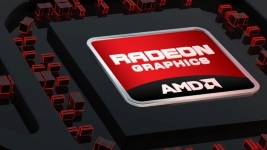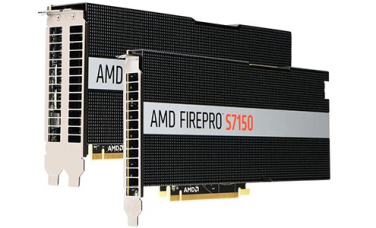Already present in the desktop PC and game consoles, the AMD APUs (which combine CPU and GPU on the same die) are entering servers kingdom. With the Kaveri architecture, available in early 2014, some gains in density and energy efficiency are to be reasonably expected. To prepare the applications for this new technical deal, AMD and partners have also worked on the programming tools. Among new, adapted versions announced are the Java Virtual Machine, OpenMP compilers by GCC and PGI, OpenCL libraries like AMD’s clMath and AccelerEyes’ ArrayFire, as well as CodeXL, AMD’s own debugging and profiling environment.
Beyond these announcements, AMD’s vision is to unify all industry hardware platforms around HSA (Heterogeneous System Architecture), on which the next APU generations will be based. Bringing together other heavy-weights such as ARM, Ti, Qualcomm and Samsung, the HSA Foundation‘s mission is to offer a single hardware abstraction for all heterogeneity needs. That should significantly ease and speed up the work of the developers: a single architecture holds nothing less than the promise of a single executable code in a wide variety of environments…
To achieve this unification effort, long-awaited by many in the community, a new OpenCL-based SDK was also announced during the last AMD Developer Summit. The SDK is derived from the APP SDK 2.9 and will include multimedia tools for video processing, the clMath library and CodeXL. This confirms, more than ever, AMD’s commitment to Open Source for the programming of its processors and now those by others – an approach to high performance computing advancement through real portability that has probably been decried too quickly.
© HPC Today 2024 - All rights reserved.
Thank you for reading HPC Today.































